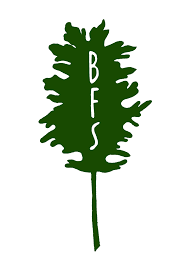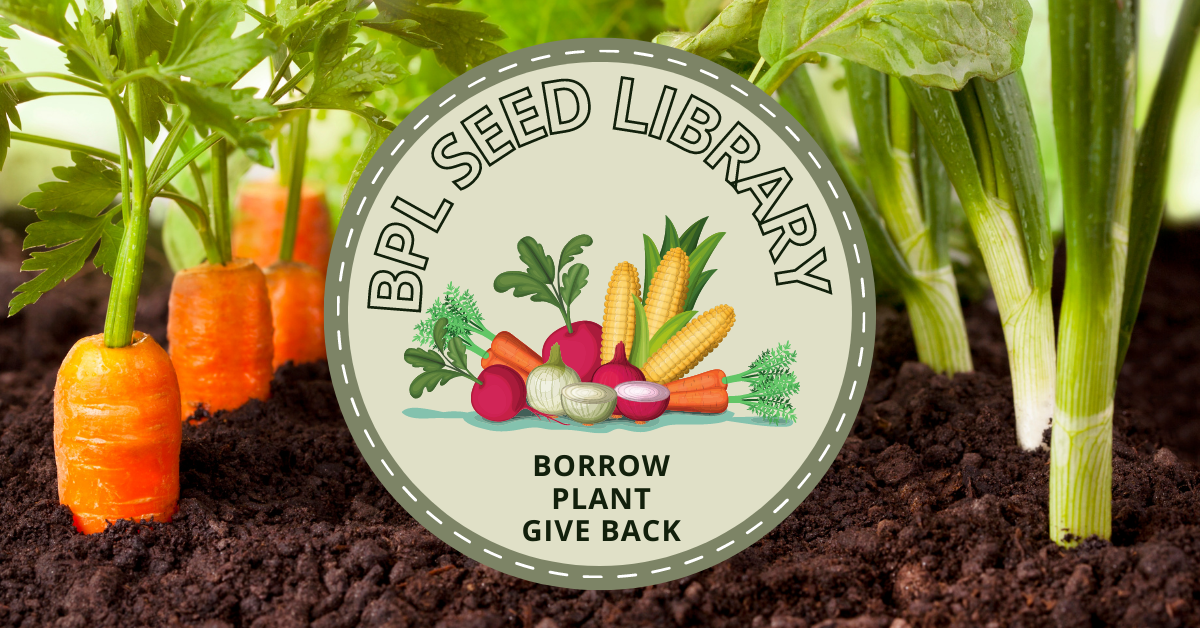
Barrington Public Library's Seed Library is an initiative started in Summer 2022 to encourage everyone to try their hand at gardening and growing their own food. Seeds are available to the public for free. All we ask is that at the end of the season, you harvest your own seeds from your garden and bring them back to the library so our Seed Library can continue on. This page will give you some helpful information about what a Seed Library is and how our Seed Library works.
What is a Seed Library?
A seed library is a place where community members can get seeds for free or for a nominal fee and is run for the public benefit. Many seed libraries are open in public libraries and community centers. For some communities, getting folks to garden and grow some of their own food is the focus. For other communities, seed libraries may be created as an important step to develop a network of seed savers, to create locally adapted varieties, to respond proactively to climate change or loss of gene integrity due to GMOs or to preserve genetic diversity. Seed saving is something humans have done for over 10,000 years. Rejoin the ritual and start to save seeds and share the abundance in your community. (Source: http://seedlibraries.weebly.com/)
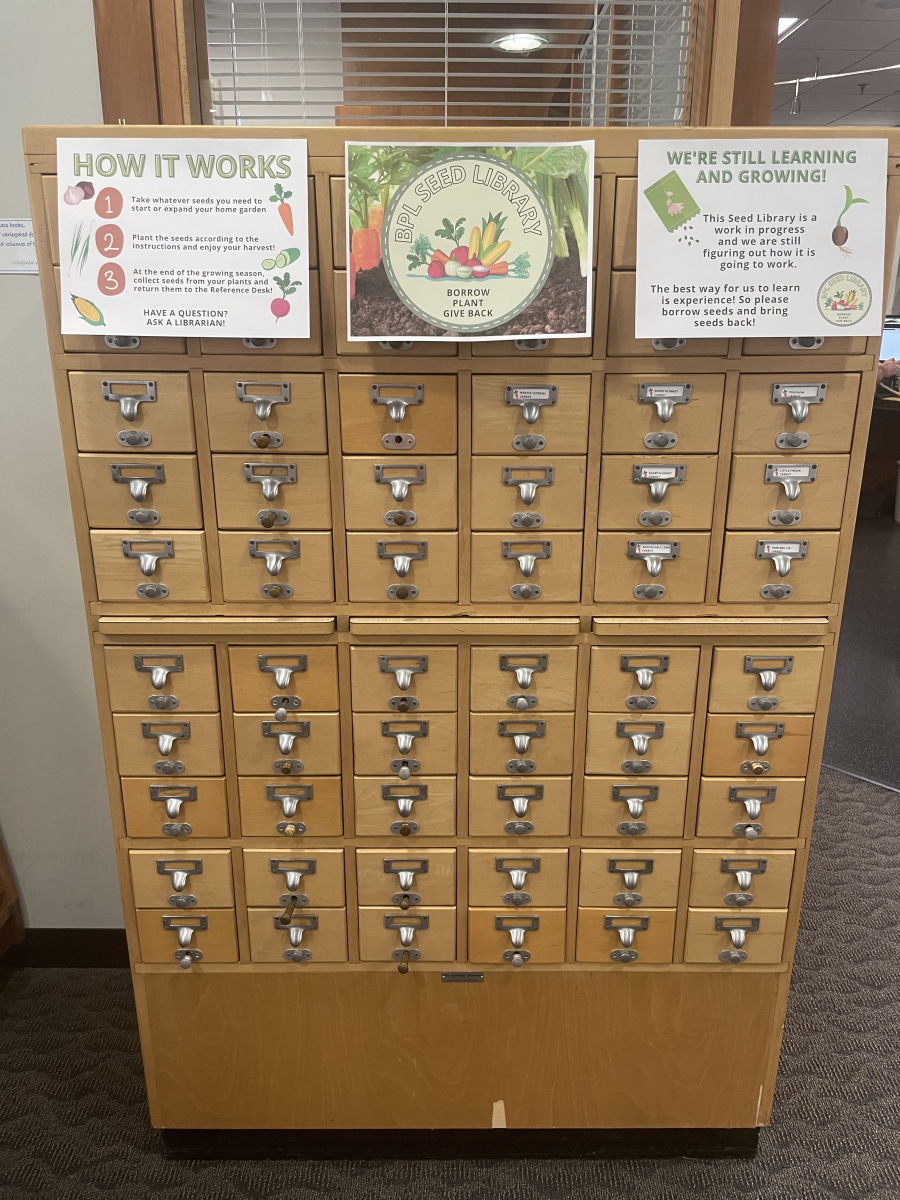 How does BPL's Seed Library Work?
How does BPL's Seed Library Work?
Our Seed Library is housed in an old card catalog next to the Reference Desk. Inside the drawers you will find seed packets. All the seeds in our Seed Library are free to take and there is no limit to the amount of seeds you can take. We just ask that you only take what you need and leave the rest for your neighbors.
Currently, we have carrot, beet, and radish seeds, along with a few other varietals.
Take the seeds home and plant them according to the directions on the back of the seed packet or on the paper insert and then wait for your garden to grow. There are plenty of resources and books that can help you grow your gardening skills and produce the best harvest.
At the end of the growing season (or throughout the season), collect seeds from your plants and store them. Be sure to carefully label what seeds are what plants and when you harvested them.
Then bring your seeds back to the library and speak with someone at the Reference Desk who can help you fill out an intake form so we can take your seeds and put them back into our Seed Library for someone else to enjoy. You can also download and print the intake form on the bottom of this page and fill it out at your own convenience. You will need one half-sheet form for every seed variety you are turning in.
We also accept unopened, unused seed packets. No intake form is required for prepackaged seed packets.
There are plenty of online resources on how to harvest seeds. A few we've found helpful are University of Minnesota Extension, growveg.com, and Farmer's Almanac. We also have plenty of books in our catalog that can help as well!
Photos of our Seed Library
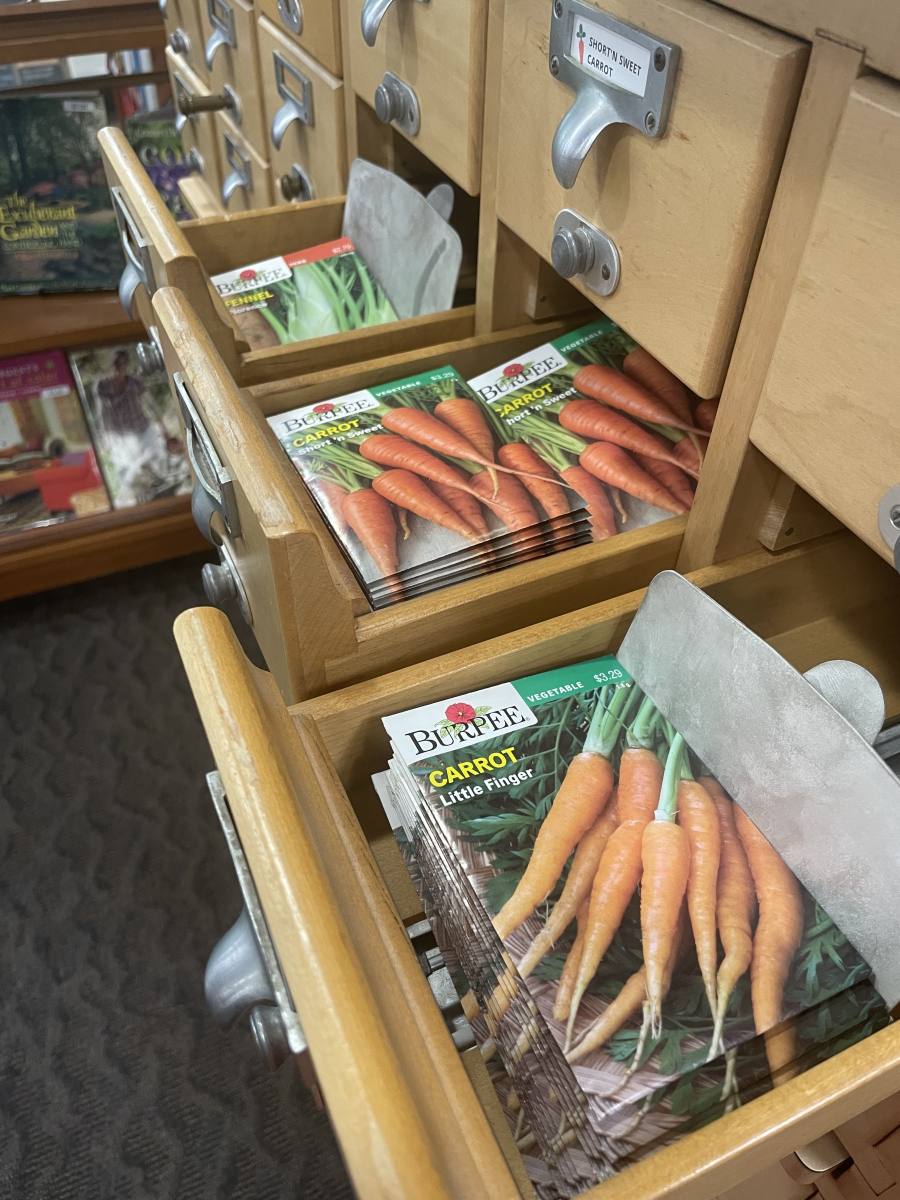 |
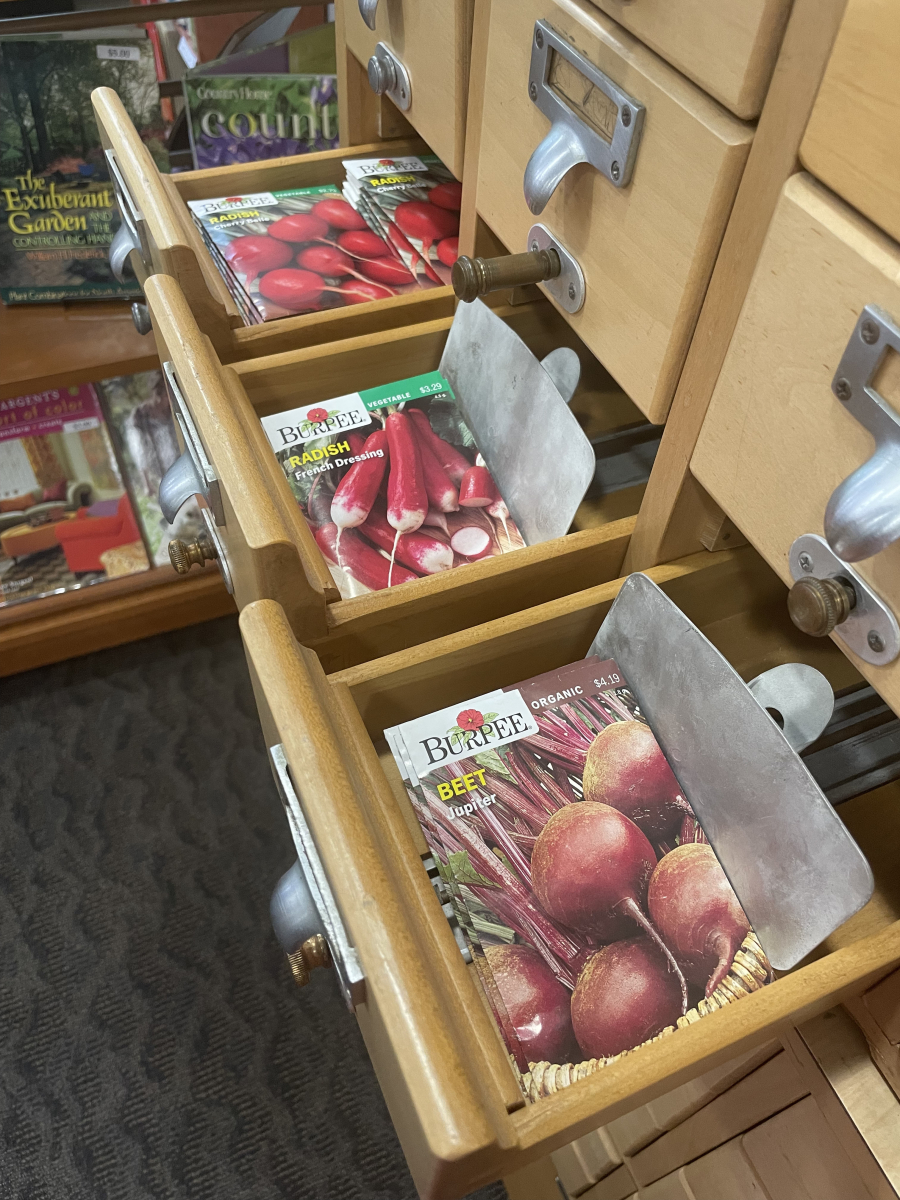 |
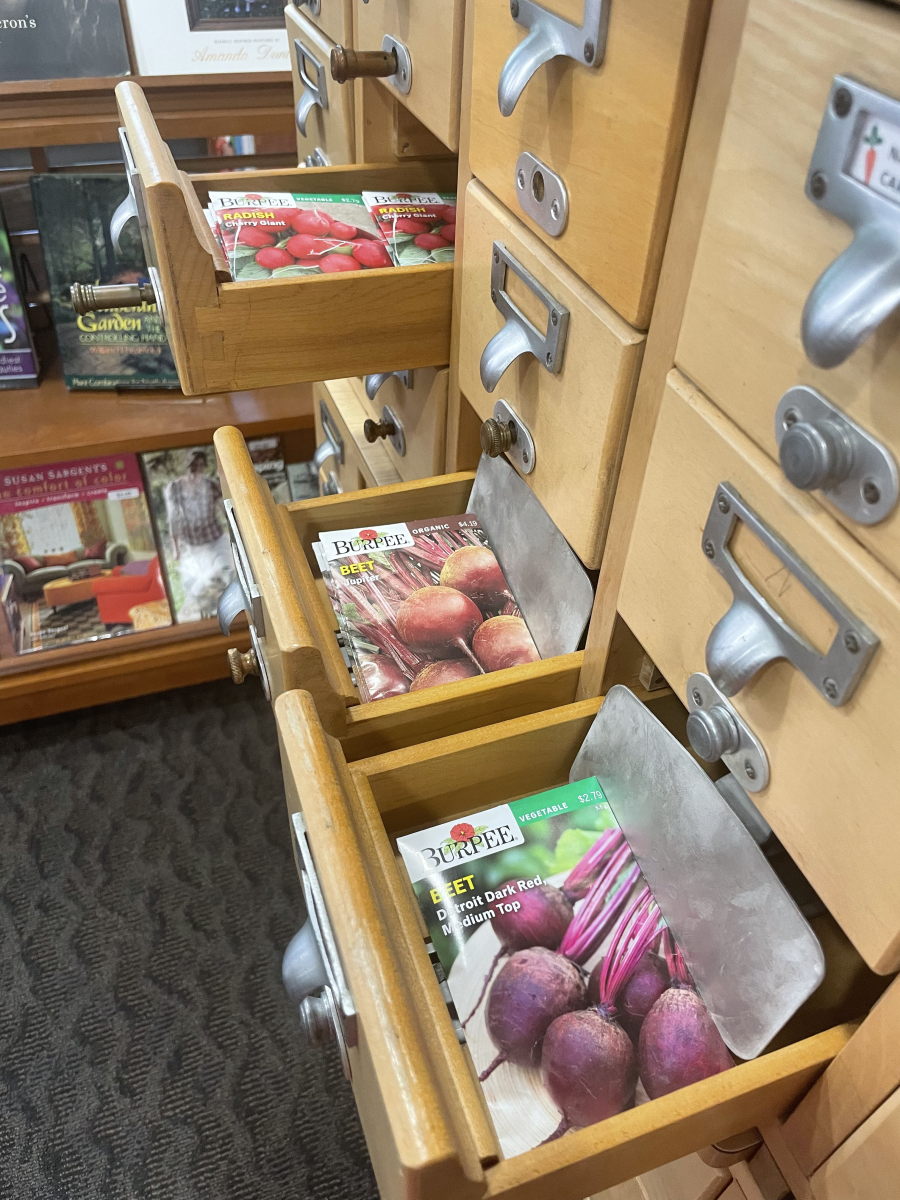 |
Other Resources
Seed Libraries - What they are and why they are important (Shady Oak & Sassafras)
Vegetable Gardening for Beginners - The Basics of Planting and Growing a Vegetable Garden (The Farmer's Almanac)
How to Save Seeds From Your Garden to Plant Next Year - Want to grow your favorite annuals, perennials, and veggies again next growing season? Here's how to collect their seeds. (Better Homes & Gardens)
Community Partners:
Thank you to the Barrington Farm School for giving us out first run of seeds! We look forward to working with them more in the future.
